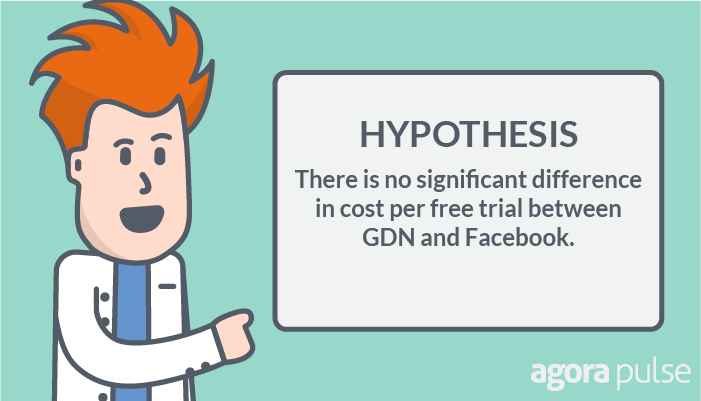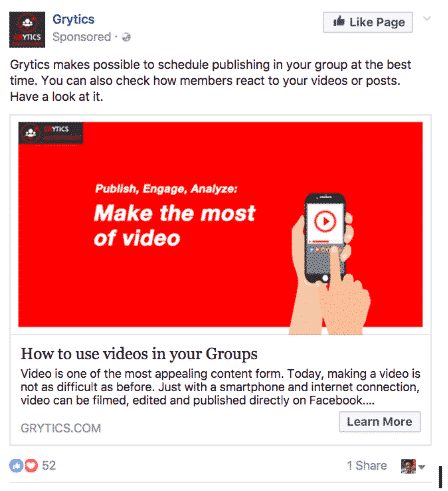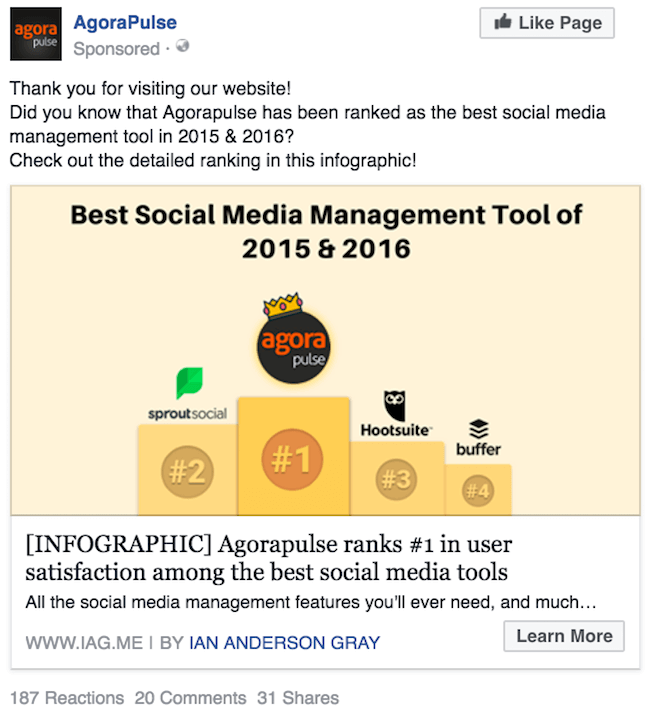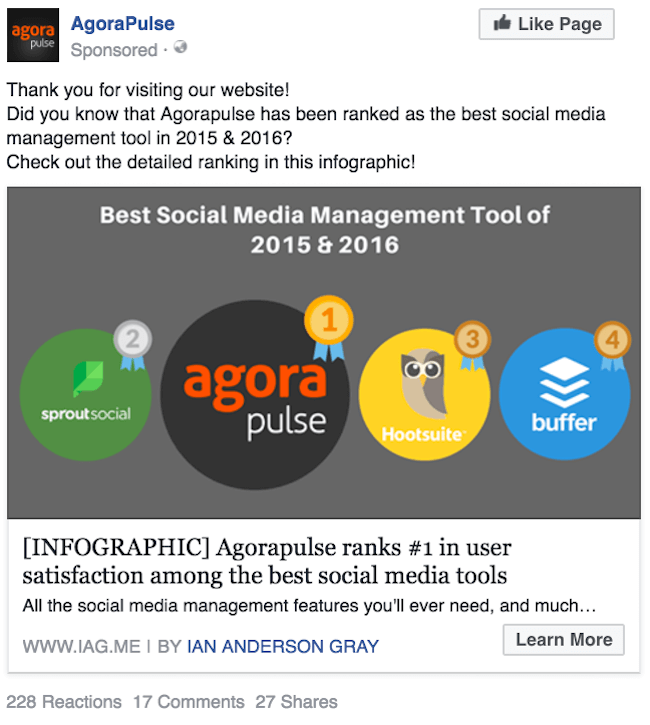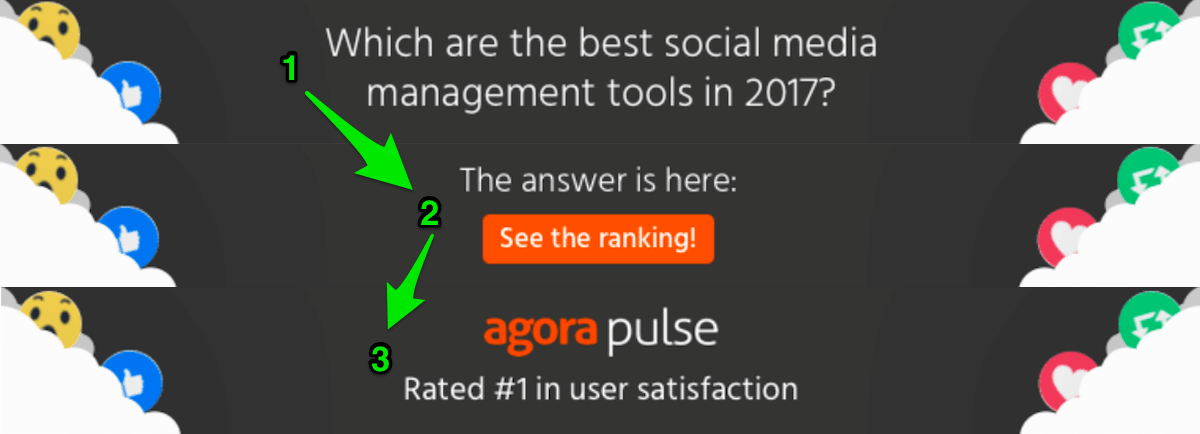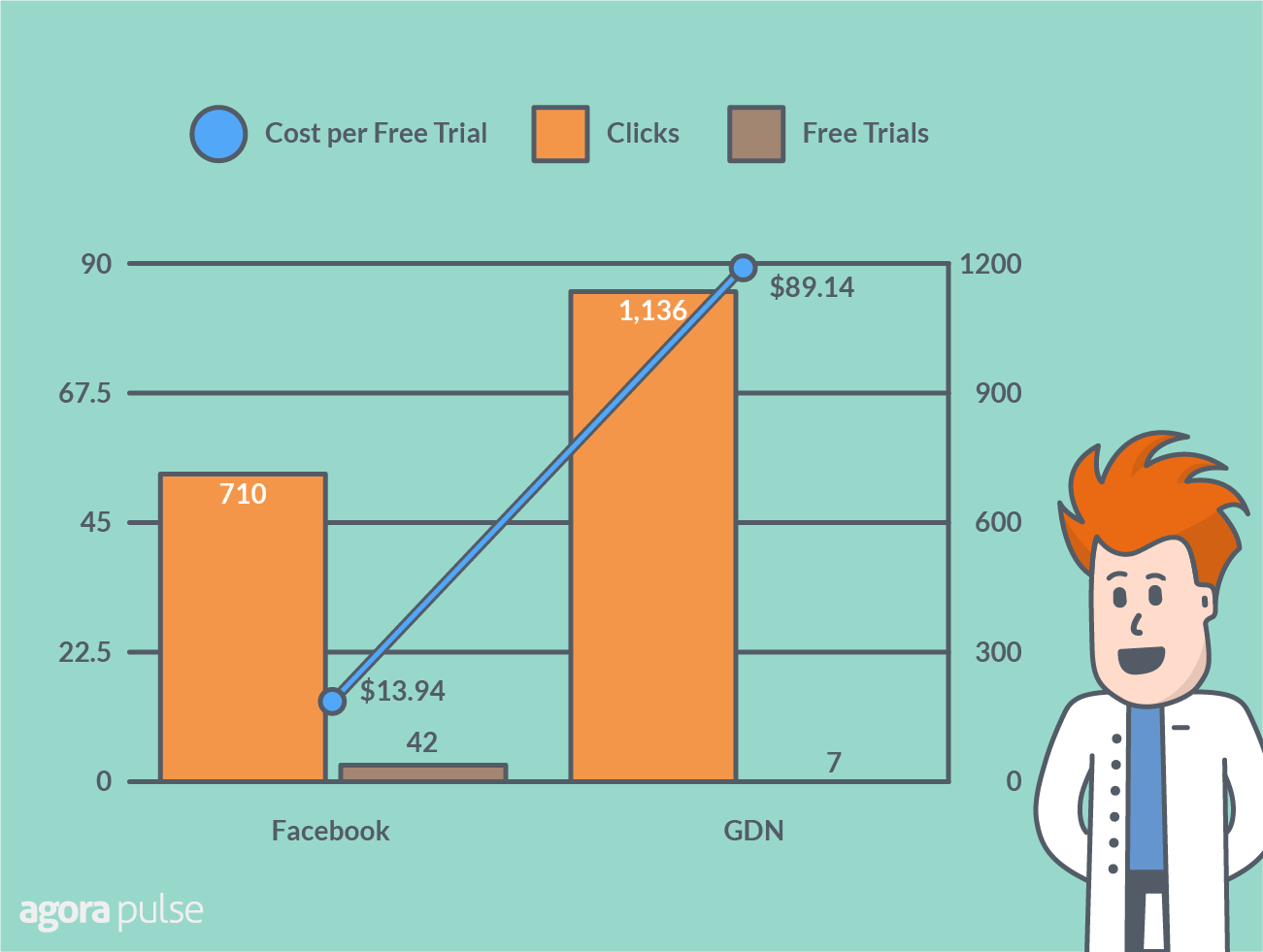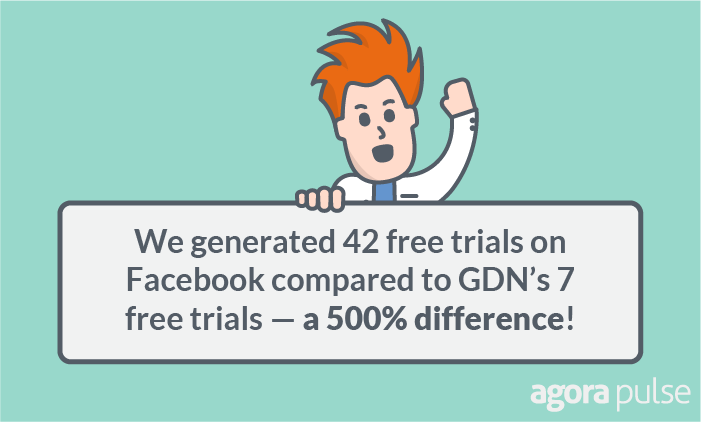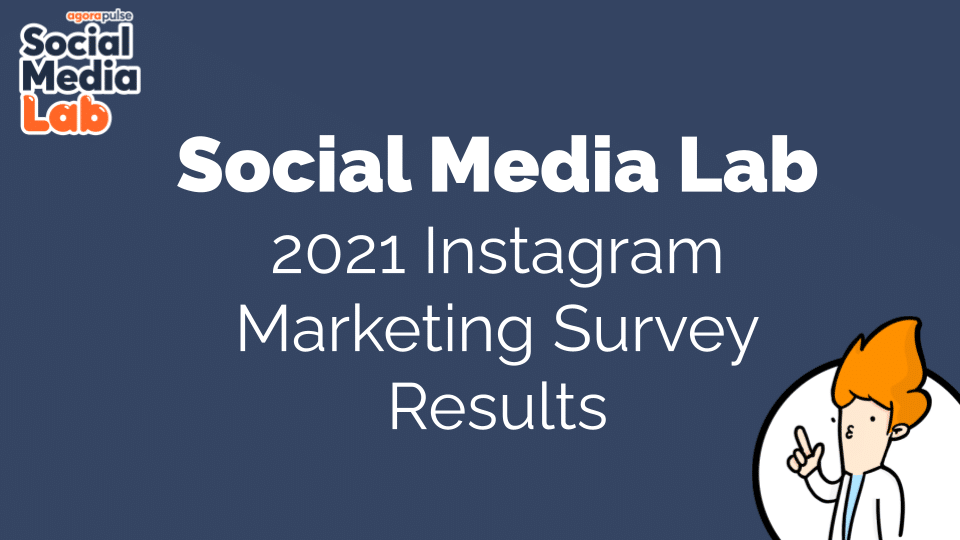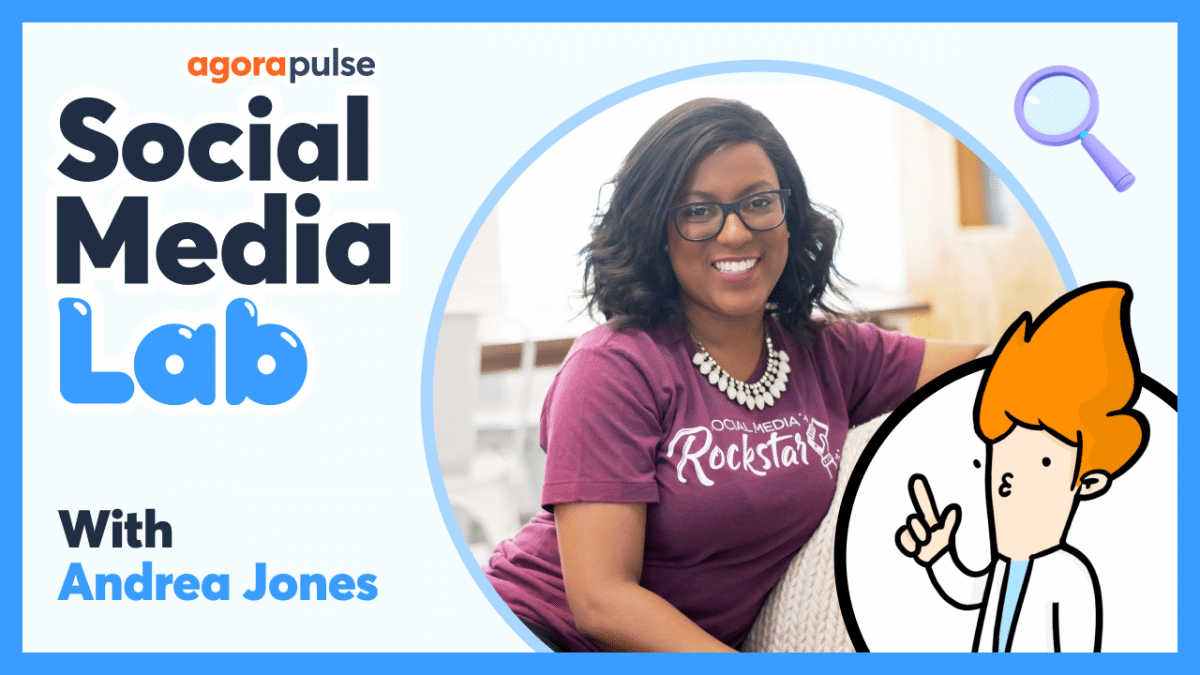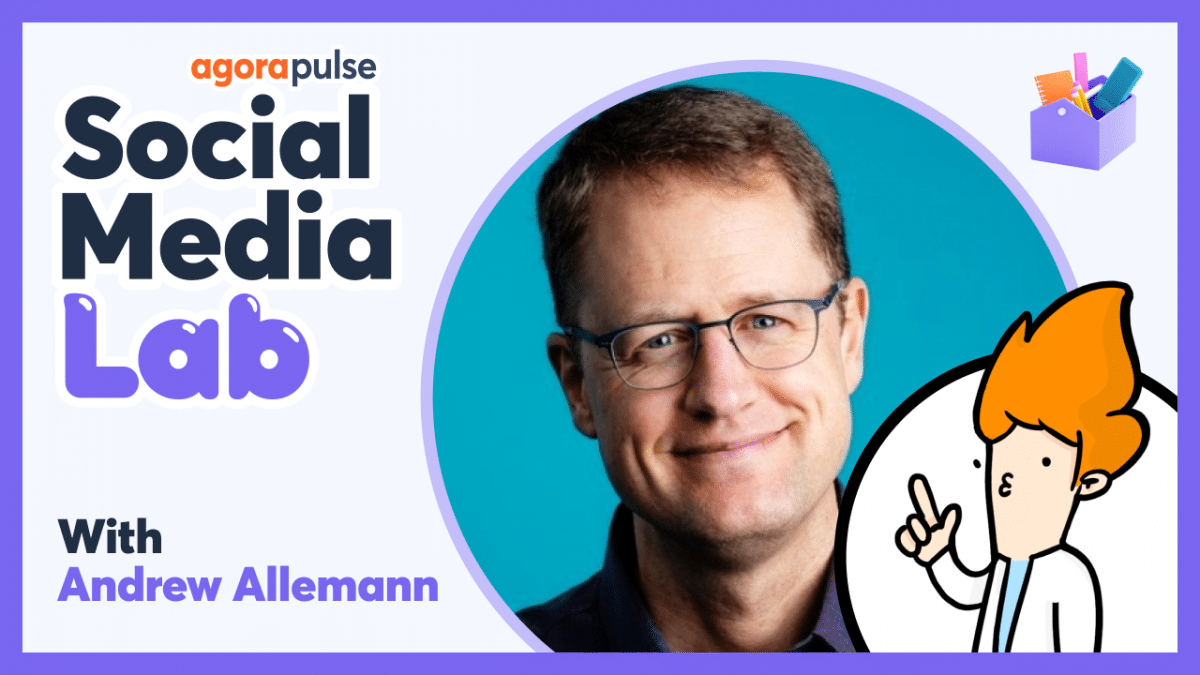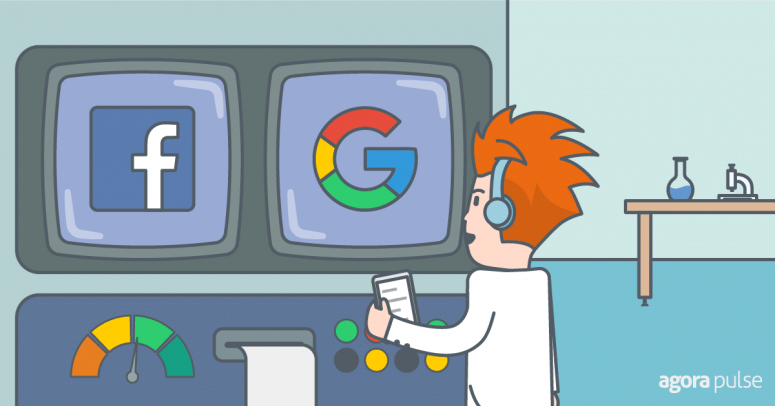
Subscribe to the Social Media Lab Podcast via iTunes | Stitcher | Spotify | Google Play | RSS
We have the results.
But first, let me show you why this question matters to you as a business owner.
Google and Facebook have the two largest digital advertising networks today.
Just for good measure, Google Display Network (GDN) reaches 90% of Internet users worldwide. That’s more than 2.88 billion people!
Facebook is not too bad either – nearly one in four people in the world (1.86 billion people) log into Facebook at least once a month.
Which means:
- People who visited your website are likely using these platforms.
- If you are not reaching these people, your competitors will.
- The result? Fewer customers and sales for you.
So now that you know it’s important to reach your website visitors and not let your competitors take them away, let’s address the next question:
Which is Better: Facebook or Google Re-Targeting?
Can GDN convert website visitors into customers better than Facebook?
To answer this question, we ran an experiment for 2 months, generating 1,846 clicks and 56 free trials.
In other words, we converted 3.0% of our traffic from Facebook and Google into free trials.
But one platform accounted for most of it – can you guess which? (continue reading to the end of this post to find out!)
What Got Us Here?
Let me cut the long story short.
As of March this year, we had 5,000 new free trials a month. This may sound impressive, but considering that more than 280,000 people visit our website every month, we are only converting 1.96% of them into free trials.
This means we are losing 98% of them (and some potentially to competitors)!
So to get more people to join our side, we conducted this experiment.
Specifically, we have 2 goals:
- To find out if GDN and Facebook can generate free trials for us at a cost that makes sense.
- To see which platform is better and spend more money there.
Here’s our hypothesis:
Hypothesis: There is no significant difference in cost per free trial between GDN and Facebook.
Now that you know the reason why we conducted this experiment, it’s time to look at how we did it!
Our Discovery Plan
Who did we reach?
Let’s start by discussing our targeting.
As mentioned, we are trying to compare GDN and Facebook to see which platform is more effective at converting website visitors.
So obviously, that’s who we targeted.
Specifically, we retargeted people who visited our English website in the last 30 days. (Go here to find out more about Facebook Re-targeting from Free Range Social!)
We excluded people who were already on free trials as well as our paying customers.
We also excluded people from Spanish-, Portuguese-, and French-speaking countries. Not because we don’t love them (we do!), but because our website supports these languages separately.
If this experiment turns out to be successful, we will replicate and try it for the other languages.
What did we show them?
Usually for an experiment to be “fair”, we have to keep all things equal except the very thing that we are testing.
In this case, we weren’t able to use the same ad for both GDN and Facebook because they have different ad formats.
On Facebook, a newsfeed display ad has these elements:
- Copy (headline, body copy, link description)
- An image/video
- A call-to-action
Such as this example below that appeared on my Facebook newsfeed:
While on GDN, an ad can take only one of these forms:
- Text ads (like those you see on search, with just text)
- Image ads (which doesn’t include text, unless you overlay them on top of the image)
- Rich media ads (see examples here)
- Video ads
In a nutshell, nothing on GDN and Facebook looks identical. So we had to use a different design.
Here’s the ad we used for Facebook:
As you can see, we used the same copy in both ads and tested a different image.
Can you guess which ad did better?
Now let’s take a look at the ads we ran on GDN.
For those of you who haven’t advertised before on GDN, there are more than 10 dimensions that you can fit in. So we created 15 variations of the same ad.
We also used rich media format (.gif).
It would be crazy to show you all 15 here (you’ll probably curse at the number of pictures that you’ll see below), so I’m going to show you just two:
Where we did put these ads?
As our software currently works best on desktop, we only used desktop ad placements for this experiment. Users who clicked on our ad on desktop were sent to the same blog post.
What Does The Data Say?
One more thing before we talk about the results: we looked at only the 30-day click attribution on GDN and 28-day click attribution on Facebook, which is also the maximum duration available.
(We’ll explain why we excluded viewthrough conversion in just a minute).
Now let’s take a quick look at the results on GDN:
- Amount spent: $624
- Impressions: 1,064,404
- Clicks: 1,136
- Free trials: 7
- Cost per free trial: $89.14
- Click to free trial conversion rate: 0.6%
And let’s compare Facebook’s:
- Amount spent: $651.98 (4.5% more than GDN)
- Impressions: 159,267 (85.0% less than GDN)
- Clicks: 710 (37.5% less than GDN)
- Free trials: 42 (500% higher than GDN)
- Cost per free trial: $13.94 (84.4% cheaper than GDN)
- Click to free trial conversion rate: 5.9% (883% higher than GDN)
Mind-blown?
Facebook’s the obvious winner!
Although we served way fewer impressions on Facebook and generated fewer clicks, we generated 42 free trials on Facebook compared to GDN’s 7 free trials —a 500% difference!
To summarize: although GDN generated more clicks, Facebook turned out to be more effective at converting website visitors.
But Why Did We Exclude Viewthrough Conversions?
The reason is simple.
Earlier, we mentioned that over 280,000 people visit our English website and 5,000 of them sign up for free trials every month.
These people didn’t just come to our website and decide to sign up.
They did so because of all the work that our marketing team is doing!
For example, our team is producing email marketing campaigns and engaging with people who have not yet tried our tool.
This includes people who used our free tools or subscribed to our blog.
As a result of their combined efforts, some of these people may sign up for free trials as we are running this experiment.
Besides, the difference in viewthrough conversions between GDN and Facebook isn’t much.
GDN recorded 123 viewthrough conversions in 30 days while Facebook recorded 105 of them in 28 days.
The difference in viewthrough conversions isn’t big and we think that including them would over-exaggerate the success of the campaigns.
In conclusion, if we were to just consider clickthrough conversions, it seems like our hypothesis could be wrong. There is a chance that both platforms have a significant difference in their effectiveness!
Other Insights
So now we’ve already talked about the results, but there’s more to it than just concluding that “Facebook is better”.
We drew up 3 things that you could take away:
- One experiment of this size is not enough proof to categorically conclude that GDN is inferior to Facebook when it comes to retargeting your website visitors.
- We could consider a more sophisticated way to measure the true effectiveness of our test, instead of excluding viewthrough conversions completely.
- At the end of 60 days, none of the free trials on both GDN and Facebook have turned into paid subscribers yet*.
* This data is based on 30-day click attribution on GDN and 28-day click attribution on Facebook.
1. Our tiny experiment is not enough proof to conclude that GDN is inferior to Facebook when it comes to retargeting your website visitors.
If anything, it merely disproves (for now) that GDN can easily drive a similar cost per free trial compared to Facebook for us.
Facebook and GDN are different in many ways, including, but definitely not limited to these factors:
- Users on Facebook may be targeted with our ad based on their behaviors, content consumption, and other data that Facebook collected about them. In a way, they may see our ad at a time where they are more ready to take action.
- GDN ads may be easily missed by users as ad units could be obscured on the websites that they visit. Many of them may also not view the ads long enough to see the entire message.
- Facebook ads become part of the newsfeed that users consume on a daily basis; GDN ads are less intrusive and follow users throughout the web.
With this in mind, we will certainly carry out new tests on GDN, such as using:
- A still image instead of an animated ad.
- A copy that speaks directly to the user , just like the Facebook ad copy.
- Sharper color contrasts so that the ad attracts users’ attention and generates more clickthroughs.
If you have successful case studies running GDN ads, we would love to hear your suggestions! Just leave your suggestions in the comments section below 🙂
2. We could consider a more sophisticated way to measure the true effectiveness of our test, instead of excluding viewthrough conversions completely.
Measuring your results is easy when you only have one marketing tactic. Simply measure your input and output.
Think of it as a typical cooking show.
When you have a single cook preparing a dish, you can evaluate his skills by tasting the dish.
But when you have multiple cooks preparing one dish, it’s hard to evaluate a single cook’s skills based on the dish alone.
You have to measure the separate preparations that go into it, the readiness of the dish at each point before it is handed over to another, and so on.
The same can be said for our experiment.
If we wanted to know just how well our experiment did, we need to measure it differently.
For example, we could stop all the other marketing activities involving website visitors and leads.
We could have excluded leads from our retargeting audience.
Or we could have applied programmatic methods of measuring its effectiveness – something like a digital marketing mix modeling technique.
3. At the end of 60 days, none of the free trials on both GDN and Facebook have turned into paid subscribers yet*.
At the current point of writing, 60 days after we started the experiment, we have yet to record a single paid subscription from both campaigns.
Assuming that this remains the same another 30 days down the road, these results point to a possible problem in the message or ad that we produced.
Perhaps those who signed up for our free trial had some expectations that were unmet.
Or maybe these are “window shoppers” that are going around just to try different tools and they aren’t serious about investing in social media tools just yet.
Or maybe our tracking is broken. We are investigating to see if this is the case.
If our tracking is indeed the problem, then we will update this post later and re-run the experiment.
Over to you
That’s it!
In a nutshell, our experiment results indicate that Facebook may be a more effective retargeting medium than GDN.
However, we cannot categorically rule out GDN at this point. Our plan is to build on our findings, investigate our tracking system, and develop another set of creatives to test both networks again.
In the longer term, we want to explore ways to measure the true effectiveness of each platform with a more complex but accurate attribution model. Conversion lift testing is on our cards, but if you know of another method, we’ll like to hear from you!

